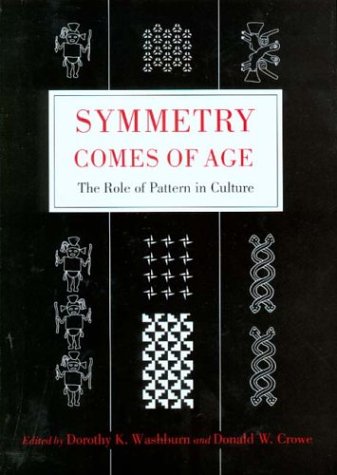A followup to Intelligence Test (April 2, 2012).

Philosophical Transactions of the Royal Society
B (2012) 367, 2007–2022
(theme issue of July 19, 2012) —
Gesche Westphal-Fitch [1], Ludwig Huber [2],
Juan Carlos Gómez [3], and W. Tecumseh Fitch [1]
[1] Department of Cognitive Biology, University of Vienna,
Althanstrasse 14, 1090 Vienna, Austria
[2] Messerli Research Institute, University of Veterinary Medicine Vienna,
Medical University of Vienna and University of Vienna,
Veterinärplatz 1, 1210 Vienna, Austria
[3] School of Psychology, St Mary’s College, University of St Andrews,
South Street, St Andrews, KY16 9JP, UK
Excerpt (added in an update on Dec. 8, 2012) —
Conclusion —
"… We believe that applying the theoretical
framework of formal language theory to two-dimensional
patterns offers a rich new perspective on the
human capacity for producing regular, hierarchically
organized structures. Such visual patterns may actually
prove more flexible than music or language for probing
the full extent of human pattern processing abilities.
With the results presented here, we have taken the
first steps in decoding the uniquely human fascination
with visual patterns, what Gombrich termed our
‘sense of order’.
Although the patterns we studied are most similar
to tilings or mosaics, they are examples of a much
broader type of abstract plane pattern, a type found
in virtually all of the world’s cultures [4]. Given that
such abstract visual patterns seem to represent
human universals, they have received astonishingly
little attention from psychologists. This neglect is particularly
unfortunate given their democratic nature,
their popular appeal and the ease with which they
can be generated and analysed in the laboratory.
With the current research, we hope to spark renewed
scientific interest in these ‘unregarded arts’, which
we believe have much to teach us about the nature of
the human mind."
[4] Washburn, D. K. & Crowe, D. W.,1988
Symmetries of Culture:
Theory and Practice of Plane Pattern Analysis.
Seattle, WA: University of Washington Press.
Commentary —




